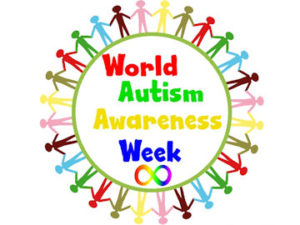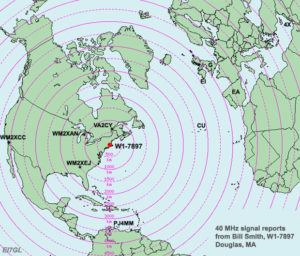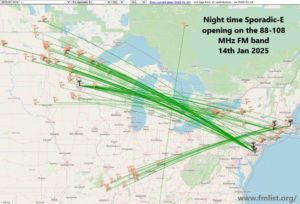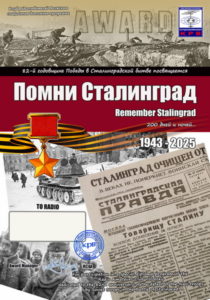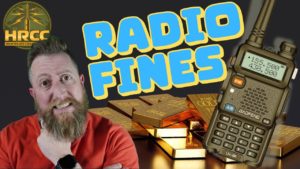ARRL Petitions FCC for Reconsideration of Order Removing 3.4 GHz Amateur Allocation
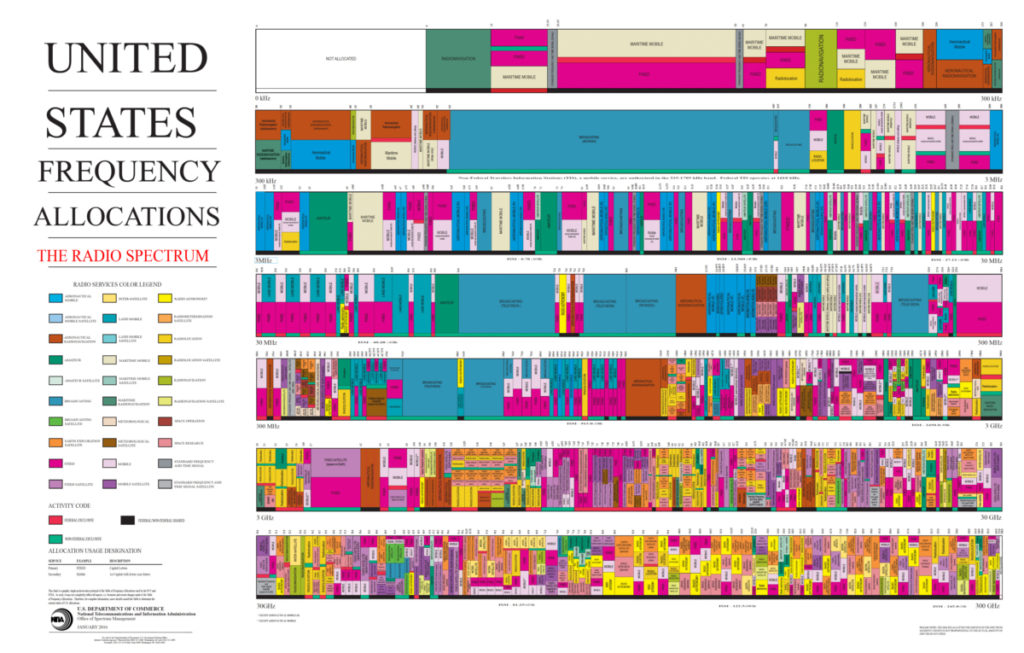
ARRL has petitioned the FCC to reconsider its order removing the secondary amateur allocation at 3.3 – 3.5 GHz and requiring that amateur operations in the 3.450 – 3.500 GHz band cease “on a date consistent with the first possible grant of flexible use authorizations to new users.”
“The amateur services in this band long have been operated on a secondary allocation status, functionally similar to the de facto secondary status of Part 5 experimental licenses, whose continued operation was (correctly) approved in the same proceeding,” ARRL told the FCC. “Continued operation of amateur stations similarly should be permitted in the vacant portions of this spectrum that otherwise will go unused.”
ARRL said the public interest is in using the spectrum, not in leaving it vacant waiting for some future application. “The Commission’s decision in this proceeding undermines its long-standing policy objective to provide for and encourage more intensive use of spectrum,” ARRL said.
“The Commission’s decision to remove the amateur secondary allocation throughout the 3300 – 3500 MHz band,” ARRL said, “appears to be based upon a mistaken conclusion that amateur secondary ‘sharing’ of this spectrum is equivalent to the type of ‘sharing’ that occurs with primary government and other primary commercial users, when in fact amateur secondary operations are quite different in usage, scope and signal range.”
ARRL outlined a number of ways radio amateurs use the band.
ARRL said that weak-signal point-to-point amateur communication often applies new technologies, methodologies, and coding to improve the communications capability of equipment. “Since the purpose of this type of activity is to hear or decode weak signals, operators use every possible means to avoid frequencies with other signals.”
Amateurs also operate radio beacons to study propagation, contributing to a better understanding of propagation in the 3.4 GHz range, ARRL said. “Amateur beacons are fixed and low power, and therefore relatively easy to engineer into the environment if other users initiate operations, or to relocate or shut down if they cannot be ‘engineered in.’”
ARRL’s petition also cited moonbounce as another aspect of the amateur operation. “This field of activity has led to a chain of improvements in antennas and equipment design in the 3.4 GHz spectrum,” ARRL asserted and is extremely unlikely to interfere with terrestrial services.
Amateur satellites also could use the 3.4 – 3.41 GHz band with the minimal likelihood to present interference concerns due to the signals’ low power and narrow antenna beamwidths. Plus uplinks employ antenna that point skyward, further minimizing any possible area of concern. “Other frequencies will not necessarily be available when needed, and this limitation threatens to constrain future experiments with space communications technologies as the number of amateur satellite experiments increases in number and purpose,” ARRL said.
The 3.3 – 3.5 GHz band also is used for digital high-speed data mesh networks and for amateur TV repeaters. “Design of and work with mesh networks has attracted an ongoing stream of computer-literate youth to the amateur ranks,” ARRL contended. “The networks themselves are commonly employed for digital experimentation with a wide range of technologies and services, with a bedrock purpose of emergency readiness and availability during actual emergencies. ARRL noted that the greater the number of available band choices, the more likely that a suitable link could be engineered for a specific path.
ARRL said that these and other amateur experimental activities make good use of the spectrum, “and should be permitted to continue on a secondary basis unless and until a new primary licensee is ready to operate in a geographic area where interference would result.”
If you have found a spelling error, please, notify us by selecting that text and pressing Ctrl+Enter.

